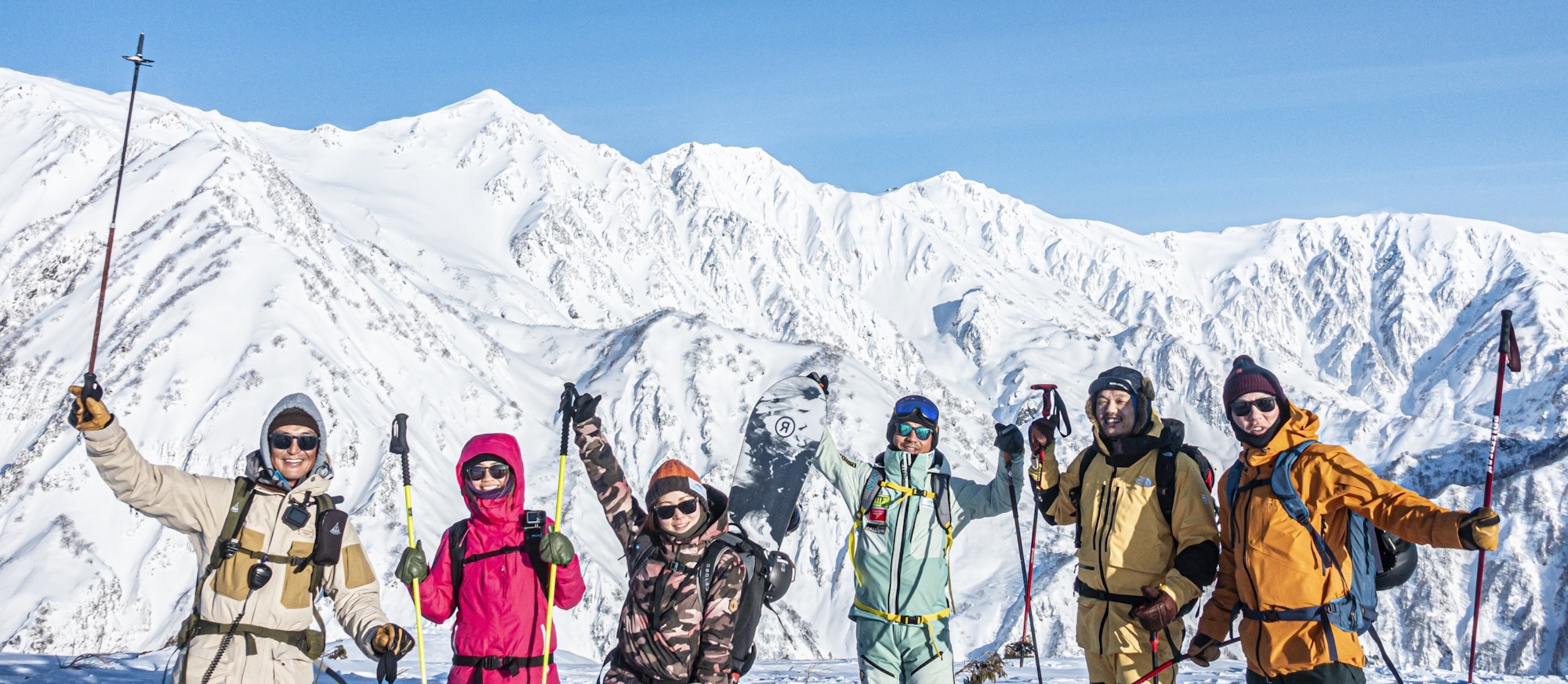All Images: Hiroya Nakata | Words: Scout Peterson
It’s just like every ski town, except completely different. Nestled within the Nagano prefecture’s Ushiro Tateyama Mountain Range, Hakuba Valley stands as a skier’s sanctuary. Hakuba Valley is comprised of 10 resorts dotting the base of the range—think massive open faces, cliff drops and trails that wind through steep, powdery tree groves. Commonly referred to as the Japanese Alps, it features foothill mountains with towering peaks, all interconnected by a brief bus or taxi ride. This winter wonderland is an international epicenter for skiing, a swift bullet train and bus ride away from the heart of Tokyo.
If you’re flying from the US, your trip is likely to begin in Tokyo, a city that intertwines Japanese customs with futuristic technology. Before hitching a ride up the hills, take a day or two to explore the city’s fish market, arcades and insane dance clubs. You’d be remiss to skip the life-sized Godzilla on a trip to Tokyo. Pro tip—if you’ve flown with your gear, snag a storage locker at the train station so you can avoid lugging skis across town.
The journey to Hakuba Valley is as much a part of the adventure as the skiing itself. Don’t be surprised when you arrive at your bus or train and it’s packed with fellow skiers. The fastest route to Hakuba Valley starts with a bullet train from Toyko to Nagano, home of the 1998 Winter Olympics. From Nagano, the drive continues with a scenic hour-long bus ride to Hakuba’s Central Station, where you can ogle at the views along the way. Echoland, between Hakuba 47 and Happo-one (pronounced oh-nay, not “one”), is a great home base, where the party rages and hostels are plentiful.
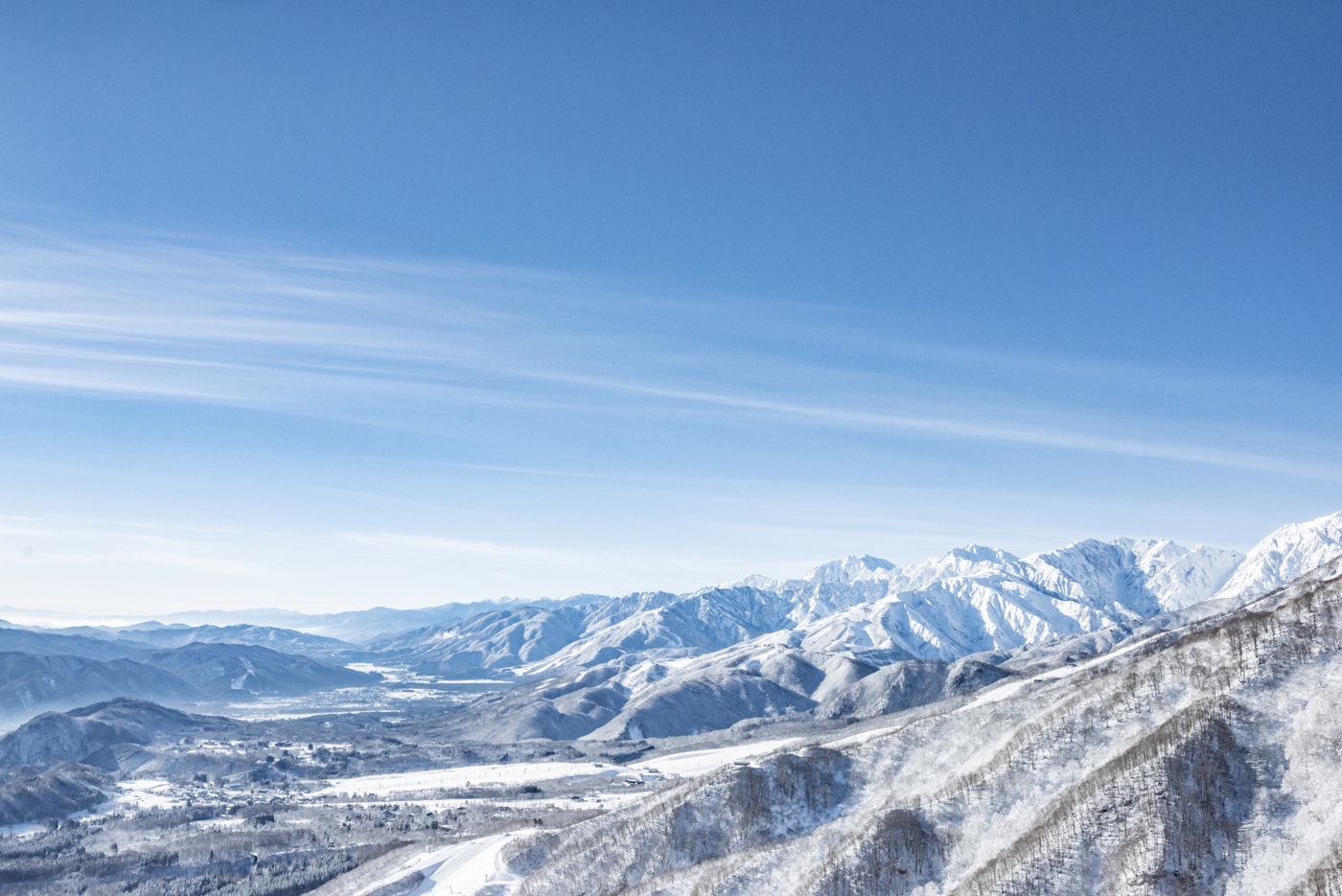
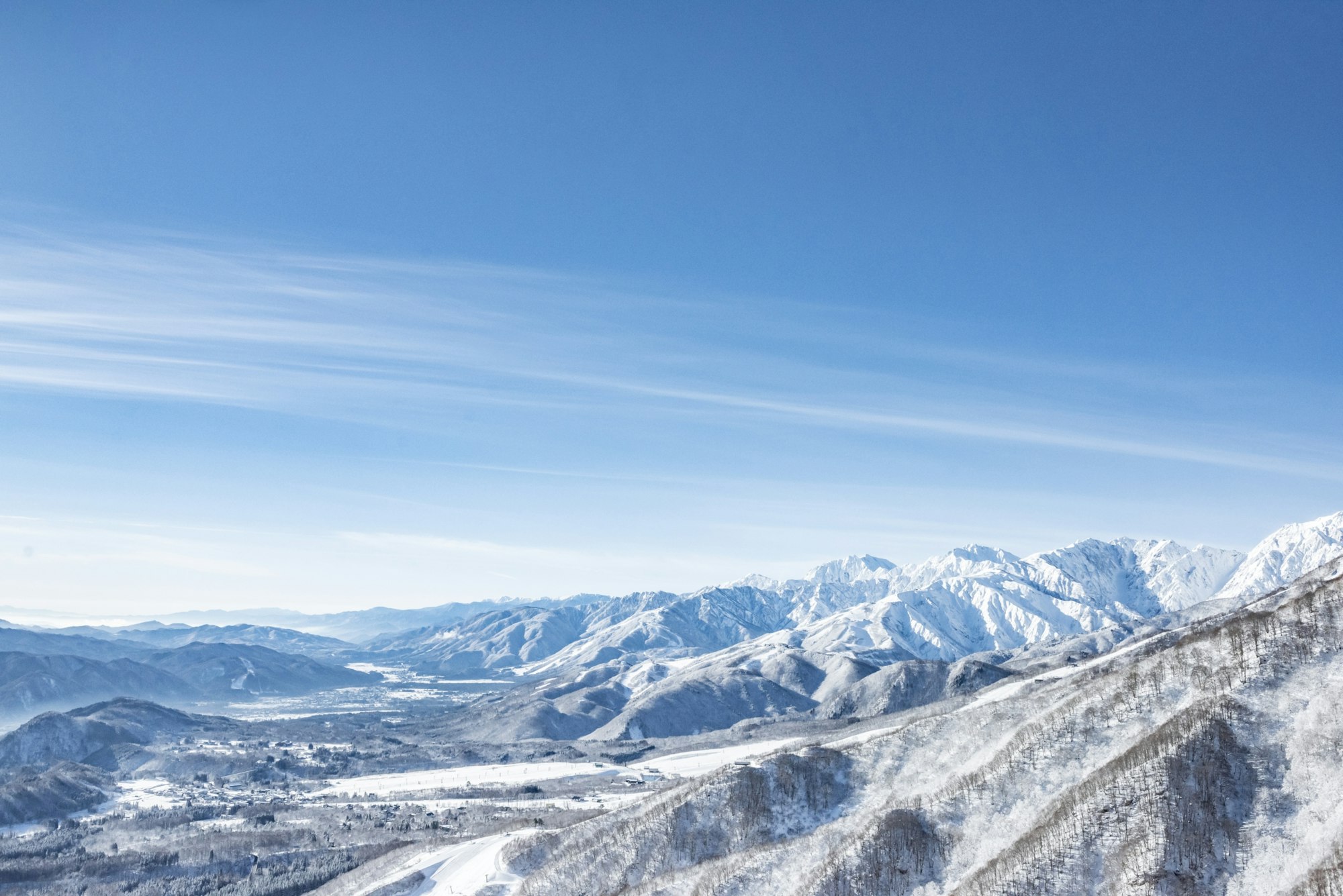
The ski season in Hakuba mirrors that of the US, with the best conditions being from early December through mid to late April. With 400 inches of average snowfall a year, you might experience what Japan calls’ JAPOW—the low humidity powder that only happens here. Pros descend on this region every year for Japowuary, a two-month span when Hakuba gets pounded with the most snowfall on the globe. Venture onto the terrain, and you’ll quickly see why Happo-one snagged a spot as a qualifier event for the Freeride World Tour in 2023. As the resort with the largest skiable area, most lifts, highest elevation and longest runs, Happo-one should be on your must-do’s.
Don’t speak Japanese? Not a problem in Hakuba. The area’s seen Australian and US ski tourists for years, so you’d be surprised by the amount of English you’ll hear.
Epic Pass holders have access to Hakuba Valley’s 10 resorts by way of five consecutive days of skiing, sans blackout dates, across the valley. Each resort seamlessly connects through the Hakuba Valley bus system, so you can jump from base to base as you please. The best part? Rides are complimentary with a Hakuba Valley lift pass or Epic Pass; otherwise, it’s a ¥600 fare each way, which equates to about $4.
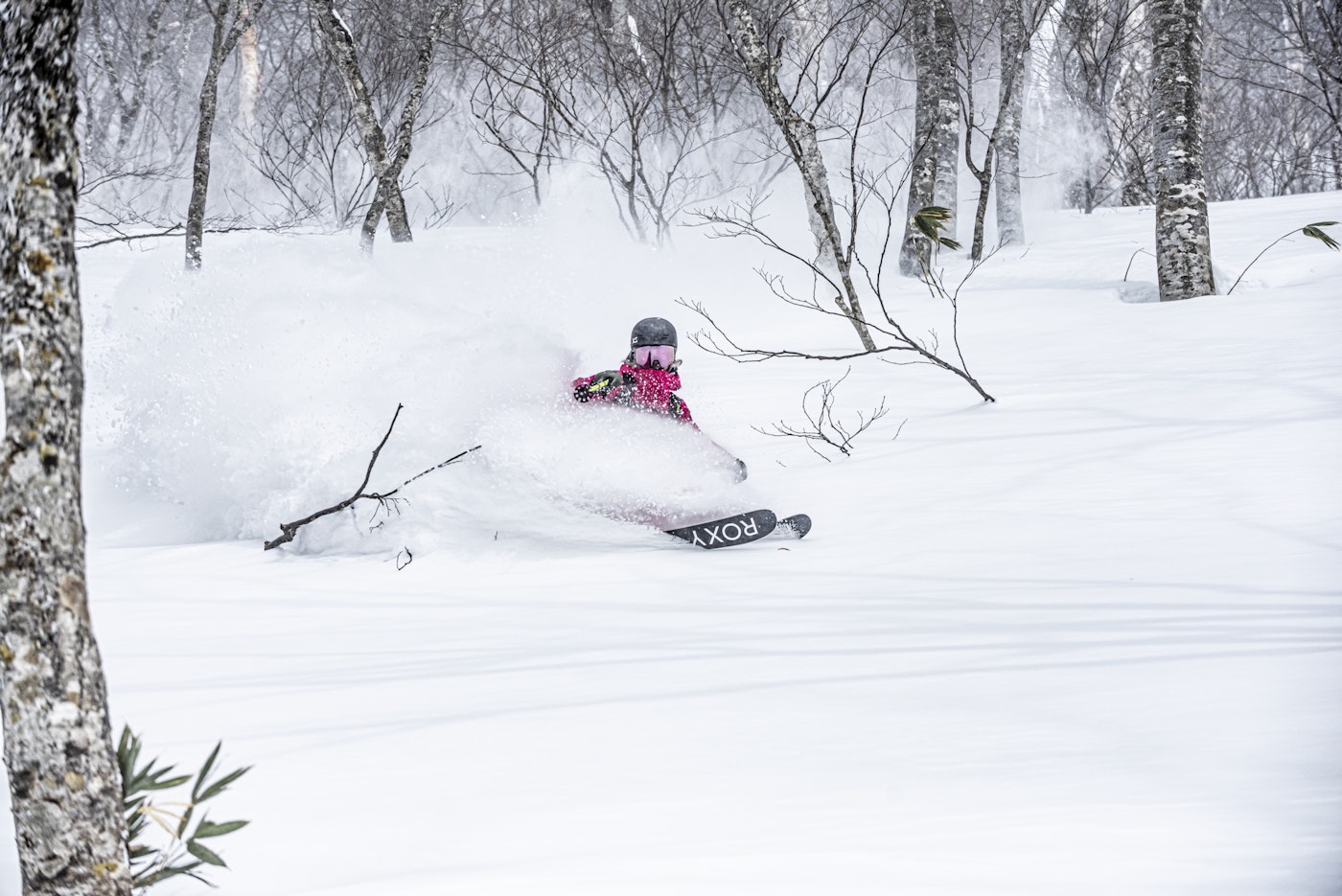
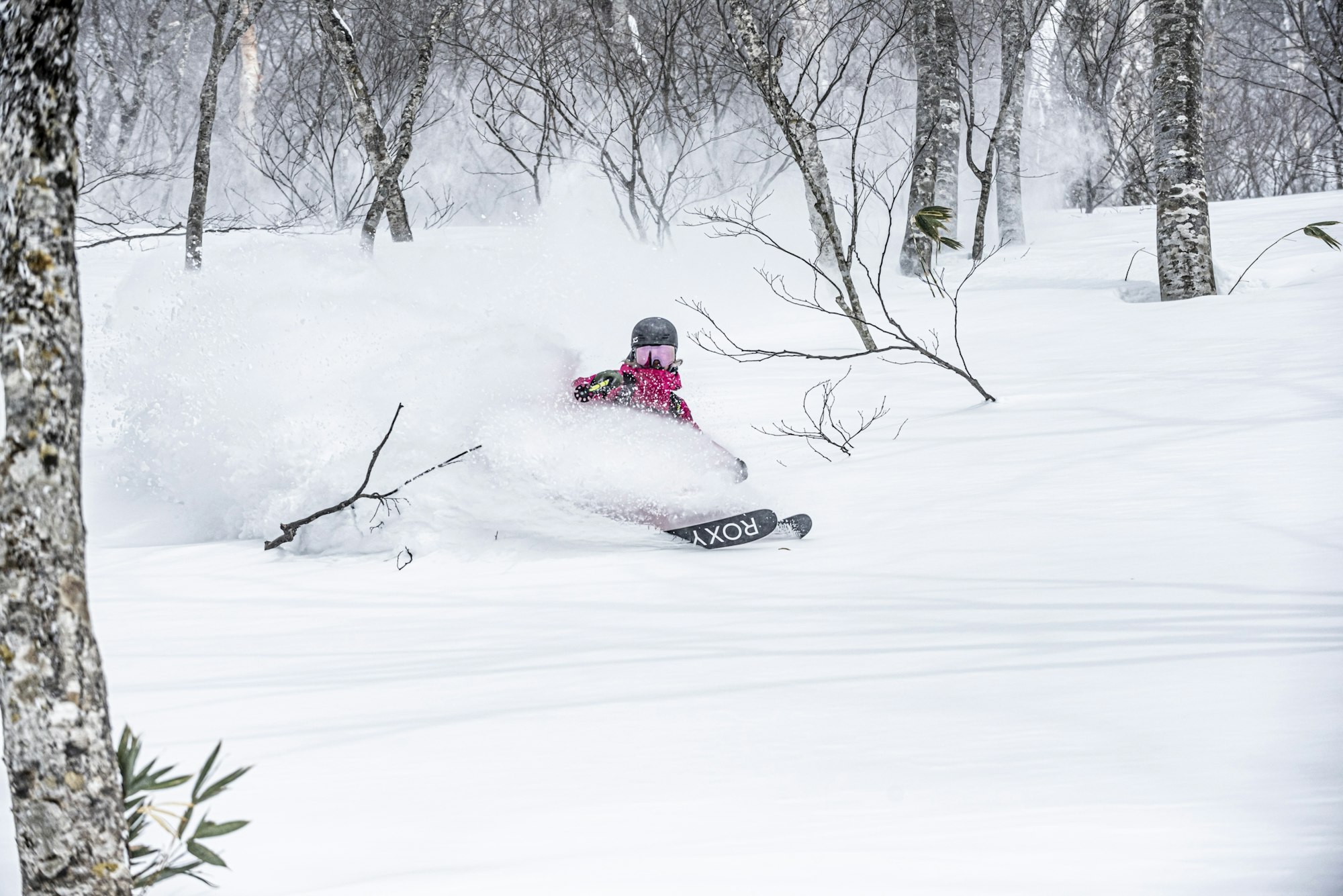
SKIER: Reimi Kusunoki
While it’s tempting to only hop across the 10 resorts, consider designating a day or two to backcountry skiing, a realm best explored with the guidance of professionals like Kazuya Furuse at Locus Guide Service. “The skiing can get serious here, with sometimes-fickle snow conditions, terrain traps galore and massive terrain in general; this is no place for a casual dip out of bounds,” explains Furuse. “Bring a guide and your wits, because you’ll need both.” Having someone lead the way in a foreign country means less stress and more slopes. Plus, it opens up a world of untouched terrain, far from lift lines and crowded runs.
Rarely can you find a spot where a vending machine spits out beers mid ski slope. Need a lift drink? Easy. Toss the machine a few Yen and you don’t have to spend the day lugging around cans. Just like in Whistler or Chamonix, the après ski culture at Hakuba is alive and well. If the sun sets and your ski itch isn’t quite scratched, you need to give night skiing a try. Enjoy hot sake and ramen while local skiing teams rip until 9:30 p.m. before heading to Echoland to swapping tales and enjoy a couple cold ones.
And when it’s time for the inevitable down day, Hakuba’s numerous onsens, the Japanese version of a hot spring, beckon. Soak in the largest hot spring in the valley, Mizubasho Onsen, while surrounded by snow-capped peaks.
Hakuba Valley isn’t just a ski destination; it’s an immersive locale that blends adventure, culture and natural beauty and will leave ready to book your return trip.

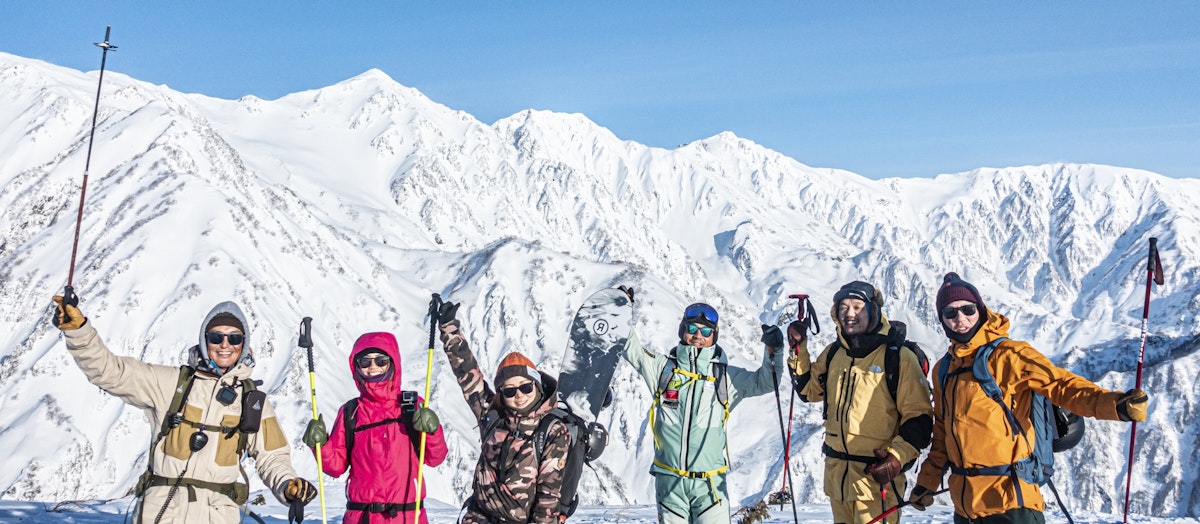



![[GIVEAWAY] Win a Head-to-Toe Ski Setup from IFSA](https://www.datocms-assets.com/163516/1765920344-ifsa.jpg?w=200&h=200&fit=crop)
![[GIVEAWAY] Win a Legendary Ski Trip with Icelantic's Road to the Rocks](https://www.datocms-assets.com/163516/1765233064-r2r26_freeskier_leaderboard1.jpg?auto=format&w=400&h=300&fit=crop&crop=faces,entropy)
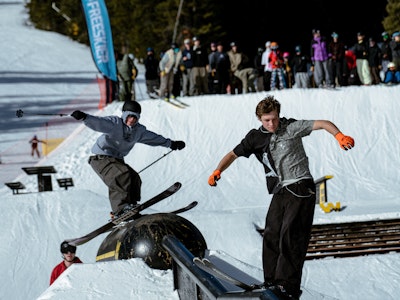




![[GIVEAWAY] Win a Head-to-Toe Ski Setup from IFSA](https://www.datocms-assets.com/163516/1765920344-ifsa.jpg?auto=format&w=400&h=300&fit=crop&crop=faces,entropy)

